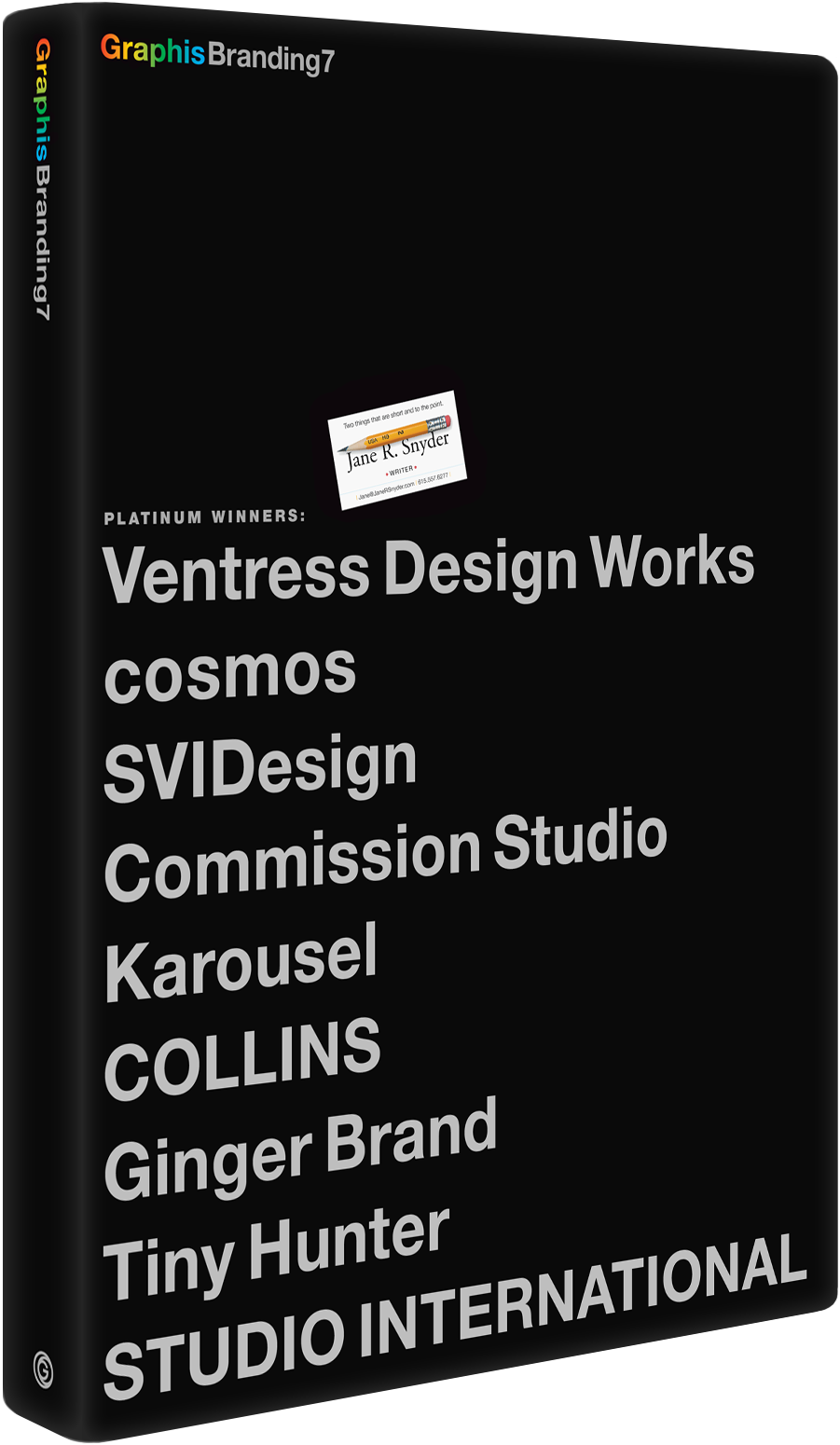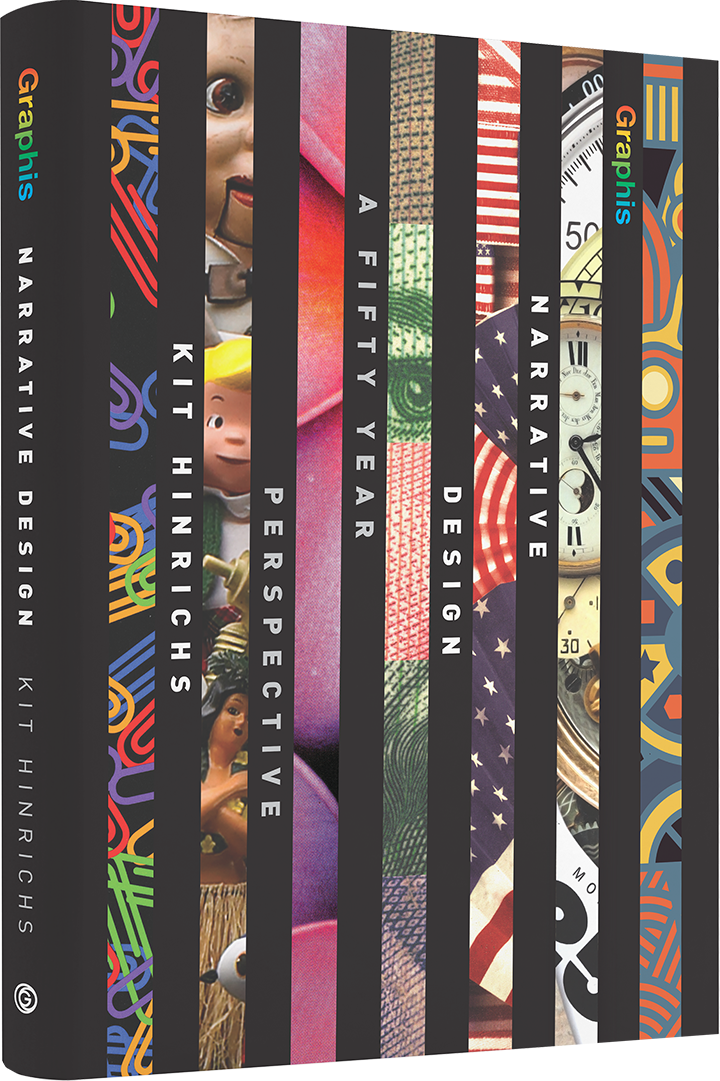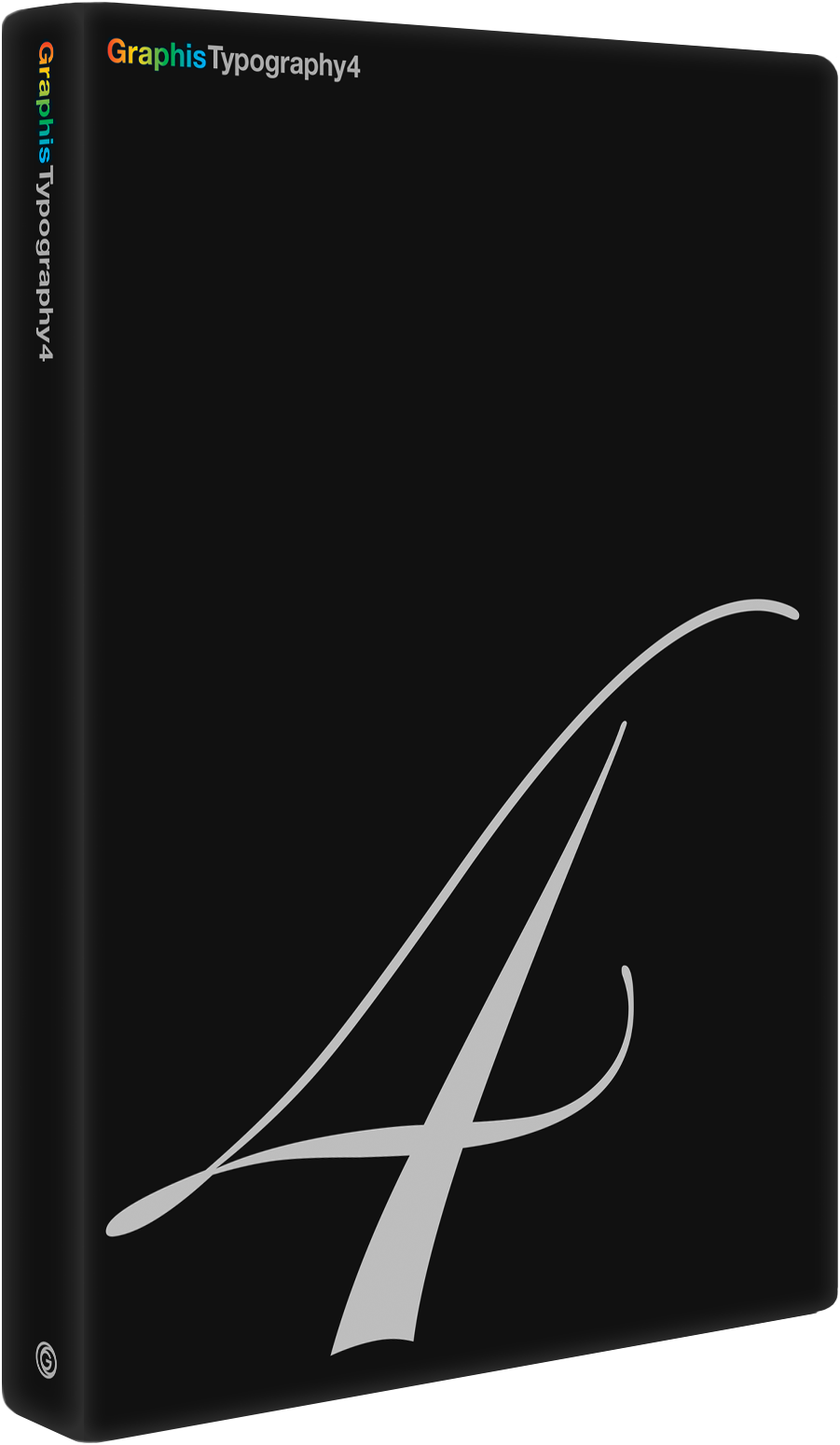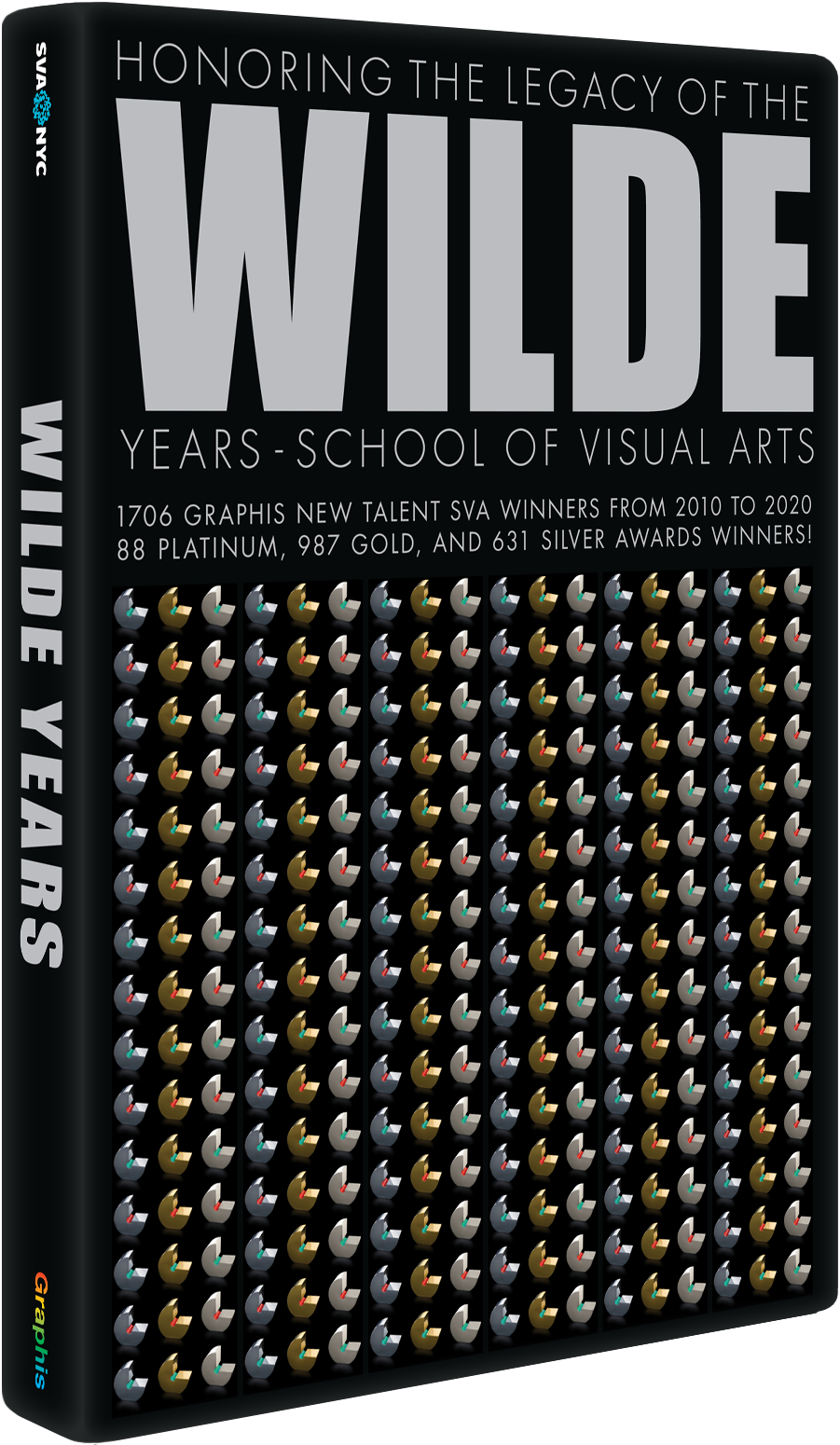How A Purdue Student’s Mobile Bearbox Looks to Change the Adventure Game
Adventure is more than a concept to Julie Haseman. This award-winning Purdue alumna turned her passion for the outdoors into Bearbox Adventure Gear, a mobile truck concept that marries rugged functionality with a sleek design. Think topographical map patterns, bold National Park-inspired hues, and a clever nod to campsite essentials—all tied together with a purpose: making wilderness exploration seamless for everyone. With an eye for detail and a flair for innovation, Julie’s Bearbox proves that good design can not only solve problems but also inspire wanderlust.
By: Julie Haseman, Graphic Designer, Penn State Athletics
During my junior year at Purdue University, I was assigned a project in my branding class with Professor Hyungjoo A. Kim to create a brand identity for a mobile truck business. We were to build the business from scratch, creating an original service, name, and brand identity. While many of my peers chose food trucks as their primary service, I explored a different route, investigating niche services that my mobile truck could target. Drawing from my own hobbies and experiences, I brought Bearbox Adventure Gear to life, conceptualizing a business designed to help individuals seeking to explore the outdoors to do so conveniently and confidently.
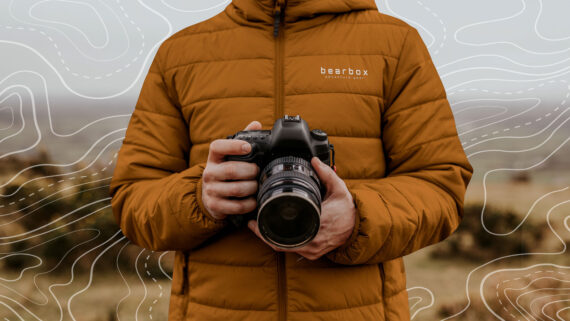
Determining the Need/Service
Art, to me, is rooted in storytelling, so it was important to start my process with a solid narrative for the company I was designing for. I put myself in the shoes of a consumer and considered what services I would utilize and what hobbies I enjoy that this mobile business could target. I played around with the idea of a library on wheels where customers could buy or rent books or a mobile maker space offering craft activities. Ultimately, what inspired my project was a trip I took with two friends to Yosemite National Park a few months prior. During this trip, we hiked 4.2 miles and camped overnight at the base of North Dome. As we set up camp and prepared for dinner, we realized, much to our dismay, that we had forgotten to check whether the propane tank would fit onto our camp stove. This left us unable to cook the food we had planned for dinner, forcing us to eat chicken straight from a can.
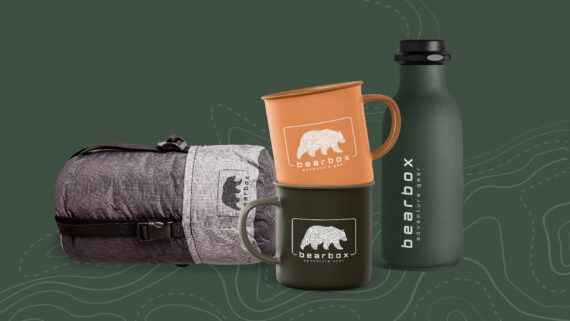
It’s a story we laugh about today, but it made me think about what would have happened if we hadn’t had the canned chicken as a backup or if we had forgotten something else vital, like the emergency blankets we used to sleep in our hammocks that night. Not only was it a two-hour hike back to our car, but we had to drive 30 minutes just to get to the trailhead, which is common in national parks. I considered how convenient it would have been to have a pop-up store at the trailheads where visitors could stock up on supplies before starting their hikes. I developed this idea into my mobile business, landing on a truck that would travel to different trailheads within national parks to sell adventure gear and supplies. A mobile app would make it easy for customers to track the truck’s location, see what is in stock, and request supplies ahead of time. The wilderness can be daunting to explore, especially if you lack the necessary tools. I wanted my mobile business to be a resource for adventurous individuals, allowing them to avoid changing their plans or endangering themselves when they forget something for their trip.
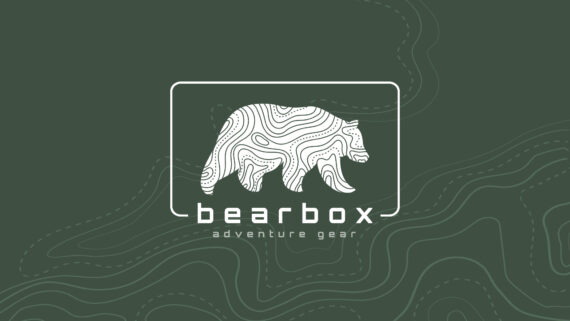
Naming the Business
Once I had the business concept nailed down, I brainstormed names for the truck. I wanted the name to be playful while still encompassing the goal and vision of the service. In national parks like Yosemite, where bears are common, you will find food lockers called bear boxes, where you store your supplies to prevent bears from searching your campsite. It’s something we had to use on our own trip (though a portable version) to store our food and personal items, keeping them safe from our camp. I loved the idea of naming the business after this because, firstly, I thought the alliteration was catchy. Secondly, it captured the theme of the service, as the truck itself is a sort of storage device that holds all the essential tools and equipment visitors need for their adventures.

Building the Visual Brand
With a strong narrative established, I entered the project’s design phase, starting by sketching numerous logo concepts before moving them into Illustrator, where I created digital iterations and further refined the design. I liked the idea of taking the name literally and incorporating the motifs of a bear and a box within the logo. However, I feared that the association with a box might suggest constraints and limitations. To counteract this, I introduced topographical map patterns as a design element, which I utilized on the bear in the final logo. This visually represented the idea that although the truck may be a small, contained space, it holds the tools one needs to break out into the wilderness and explore the world. I also incorporated this pattern into the truck design, pairing it with a rugged, abstract mountain landscape that wraps around the body of the truck. In my mockup, this design expands across the background to further convey the narrative that this is a business encouraging the exploration of nature and expanding one’s reach. Finally, I opted for a green and orange color scheme as a nod to the National Park Service colors, as parks would be the primary locations where the trucks would operate.
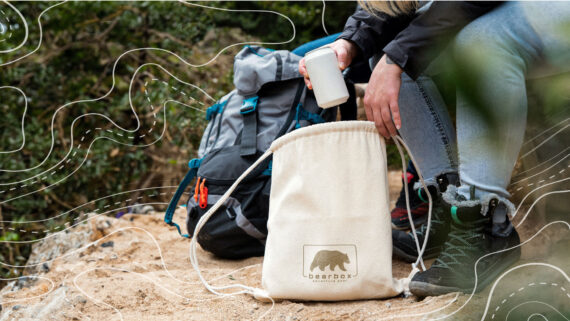
Bearbox became a special project for me and one of my favorite projects to work on during my time at Purdue. This project taught me what it takes to build a brand from start to finish and the importance of understanding the goals and ideals of your brand to design effectively for it. It’s vital for any brand to leave space for growth and improvement, and I believe Bearbox is a concept built with that idea in mind. Bearbox is more than just a mobile adventure gear sales truck; it’s a means of expanding one’s reach and making it easier to connect people to nature.
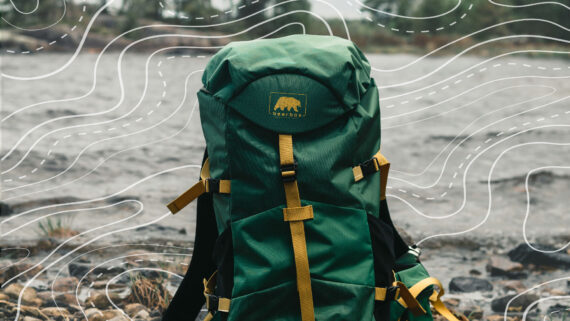
Along with winning the Silver Award, Bearbox has been featured at the International Design Education Expo & Conference (IDEEC) in 2023.
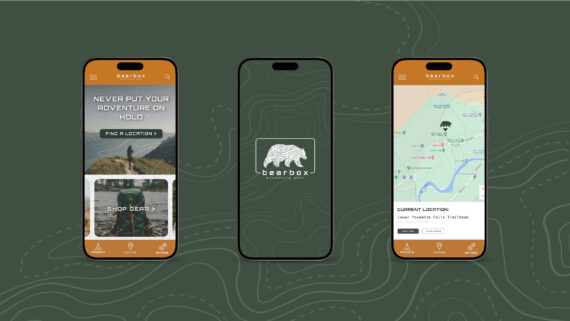
Julie Haseman is a graphic designer with a strong passion for storytelling. She graduated with honors from Purdue University in 2024, earning a BFA in visual communication design and a BA in art history. She was awarded first prize for visual communication design in Purdue’s Juried Undergraduate Exhibition in 2023 and was named the 2024 Outstanding Senior in Art History and the 2024 Sudler Award Nominee for the Department of Art & Design. While at Purdue, Julie worked as a graphic design intern for Purdue Football, where she discovered a passion for storytelling through sports. Julie currently works as a graphic designer for Penn State Athletics, overseeing designs for ten of the university’s thirty-one sports.
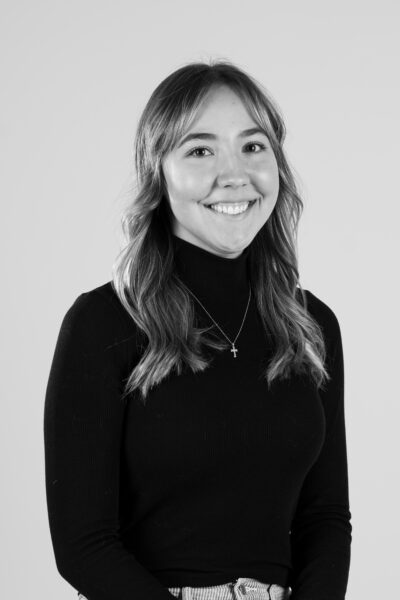
Social: Instagram, Facebook, LinkedIn
Discover other New Talent 2024 winners here.
You may also like
Where Legends Lift Off: Paal Anand’s Cinematic Vision Unbound
Paal Anand brings a cinematic edge to still imagery, transforming myth and memory into finely staged visual…
Read MoreTakashi Matsuda Turns Lab Discoveries Into Mind-Bending Posters
Takashi Matsuda of 246 Graphics brings a painter’s intuition to the rigor of scientific inquiry, turning complex…
Read More
Related Annuals & Publications
View AllBecome a Graphis Member
- 1-Year Membership Subscription
- Enjoy 50% off on Call for Entries
- 1-Year FREE Subscription to Graphis Journal
- Your Portfolio online with profile + links
- Get 20% off on Graphis Books
